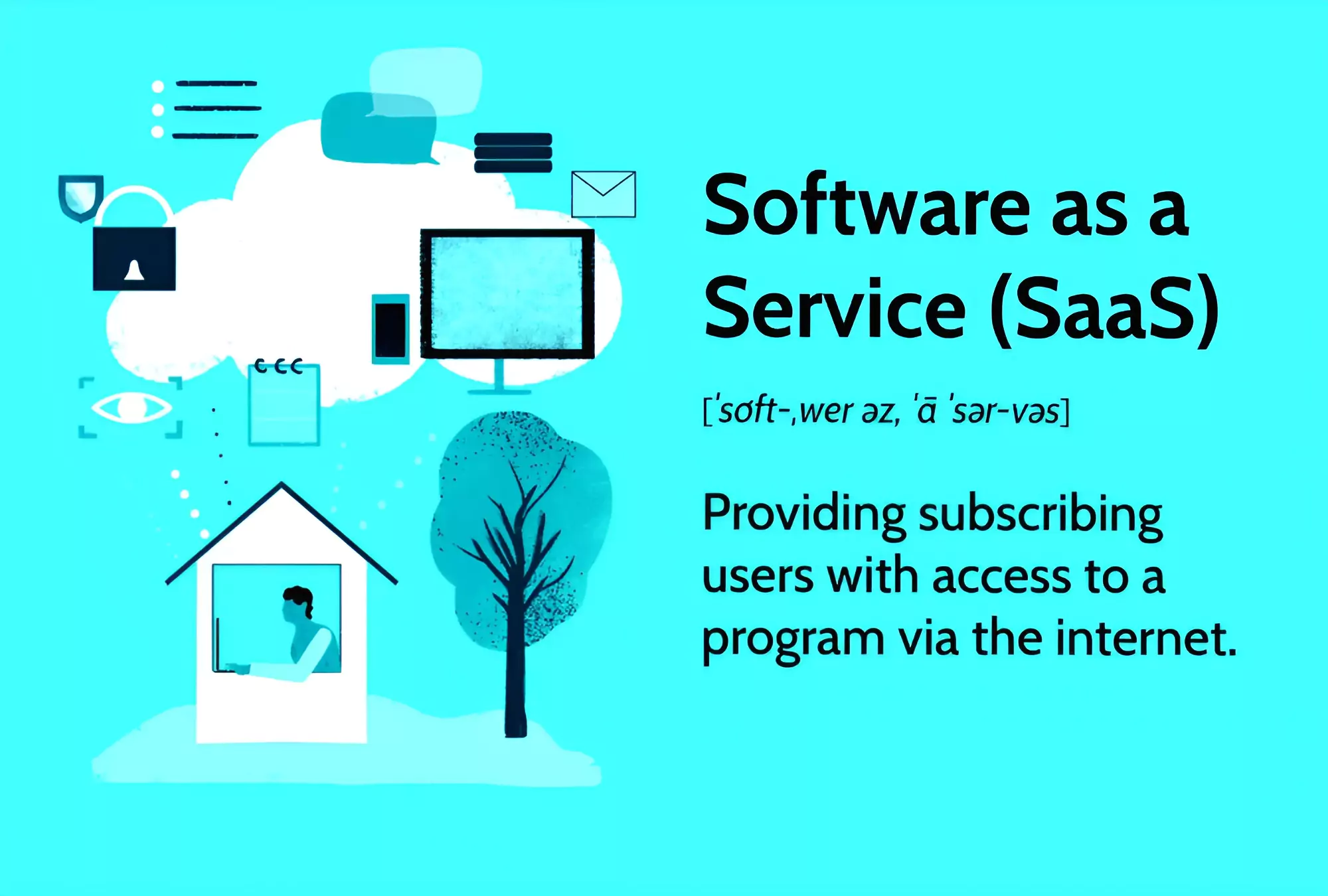![]() 26 Mar 2024
26 Mar 2024
Amid a downturn in the software-as-a-service (SaaS) market, marked by declining sales and delayed purchases, innovation-led differentiation has emerged as a key challenge for most SaaS firms.

| Must Read | |
| NCERT Notes For UPSC | UPSC Daily Current Affairs |
| UPSC Blogs | UPSC Daily Editorials |
| Daily Current Affairs Quiz | Daily Main Answer Writing |
| UPSC Mains Previous Year Papers | UPSC Test Series 2024 |
<div class="new-fform">
</div>